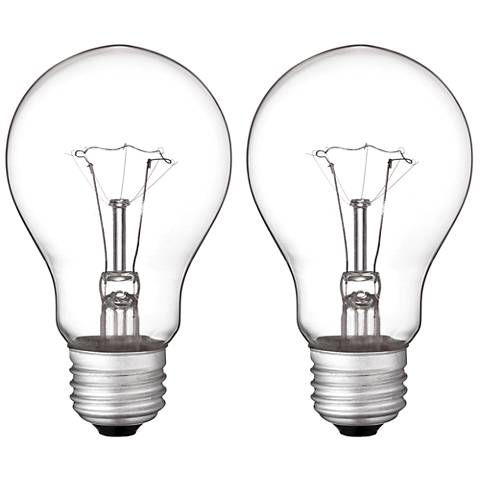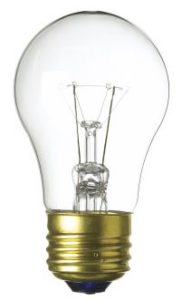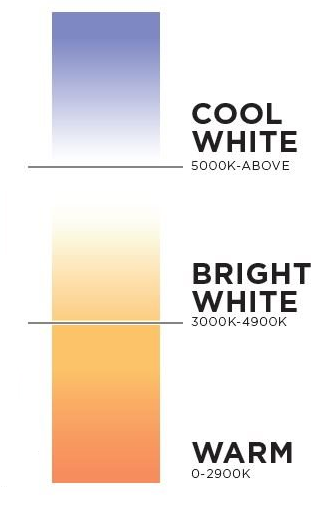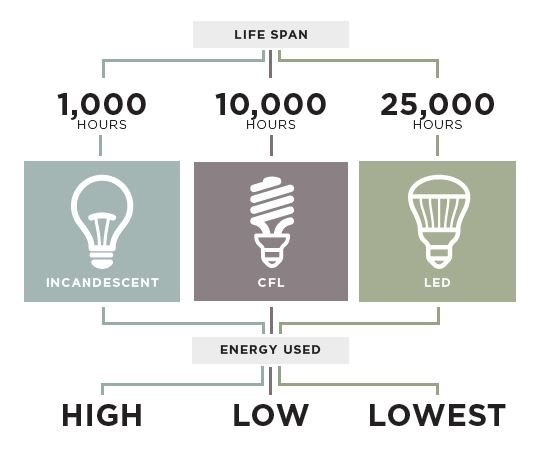How an Incandescent Light Bulb Works

The light bulb is one of the wonders of the modern world. Found nearly everywhere on the planet, light bulbs are so common and widespread that it’s easy to forget how dependent we are on them. The light bulb is an electric light source that’s technically called a lamp. This term is, of course, also more commonly used by consumers to mean a portable type of lighting such as a table lamp or a desk lamp.
The most common type of “lamp” or bulb is the incandescent light bulb. These types of light bulbs are the oldest and simplest form of bulb technology, dating back to Thomas Edison’s experiments with filament types back in 1879.

How Incandescent Bulbs Work
An incandescent bulb works on the principle of incandescence, a general term meaning light produced by heat. In an incandescent type of bulb, an electric current is passed through a thin metal filament, heating the filament until it glows and produces light.
So, how do incandescent light bulbs work? Incandescent bulbs typically use a tungsten filament because of tungsten’s high melting point. A tungsten filament inside a light bulb can reach temperatures as high as 4,500 degrees Fahrenheit. A glass enclosure, the glass “bulb”, prevents oxygen in the air from reaching the hot filament. Without this glass covering and the vacuum it helps create, the filament would overheat and oxidize in a matter or moments.
After the electricity has made its way through the tungsten filament, it goes down another wire and out of the bulb via the metal portion at the side of the socket. It goes into the lamp or fixture and out a neutral wire.
This is an elegantly simple system and it works quite well at producing light. It’s perfect for a wide range of applications, cheap and easy to manufacture, and is compatible with either AC or DC current.
Are Incandescent Bulbs Dimmable?
Yes – by default, all incandescent light bulbs are dimmable.
There are exceptions to this rule. For example, certain specialized designs – such as particular types of colored light bulbs – are non-dimmable due to the manufacturing process. However, these will always be noted as “non-dimmable.” In general, you can trust incandescent light bulbs to be dimmable.
What is the Average Incandescent Bulb Life?
Each bulb is different, but the average incandescent bulb will have a lifespan of at least 1000 hours. There are many bulb designs that last longer than this. Before buying a bulb, be sure to check out the product details for the listed lifespan.
CFL bulbs, which are technically a type of incandescent light bulb, tend to have a longer lifespan, lasting as much as ten times longer than standard incandescent lights.
What Color is an Incandescent Bulb?
Incandescent color temperature usually ranges from white to yellow. However, each bulb is different.
If it’s important to you, check out the listed color temperature of a bulb before purchase. The higher the color temperature, the “cooler” the bulb is, which means it produces a whiter light. When the color temperature is lower, the bulb gives off a “warm” or yellow light output.
If you’re looking for light bulbs in a more unusual color, such as red or blue, check out colored light bulbs instead.
 Are Incandescent Bulbs Energy Efficient?
Are Incandescent Bulbs Energy Efficient?
Incandescent bulbs are not the most energy efficient.
Only around 10% of the electric power used by an incandescent light bulb produces light. The other 90% is emitted as heat. Because of this high heat output you’ll see incandescent bulbs used as heating lamps, grow bulbs and incubator lights where heat output is actually an asset.
Finding Energy Saving Alternatives for the Incandescent Bulb
With incandescent bulbs being as energy inefficient as they are, several newer technologies are now vying to replace them, including CFL bulbs (compact fluorescent light bulbs) and LEDs (light-emitting diodes). Some legislation is even in place to phase out incandescent light bulbs in favor of more energy efficient forms of lighting.
If you want the the most energy efficient light bulb type, go with LED light bulbs. You can easily replace an incandescent bulb with an LED bulb instead. Just swap out an old light bulb in a lamp or chandelier for its modern LED counterpart. Yes, you can put LED bulbs in regular fixtures, just as long as the bulb base and wattage is compatible with the fixture.
 More Questions?
More Questions?
If want to learn more about how does an incandescent light bulb work, or have questions contact us to speak with one of our light bulb experts, or visit a Lamps Plus location near you. Whether via phone or in person, we’re happy to assist you in choosing the right light bulb.
More Light Bulb Ideas and Advice
Lumens to Watts: the Key to Buying Replacement Light Bulbs
Light Bulb Identifier and Finder Guide
